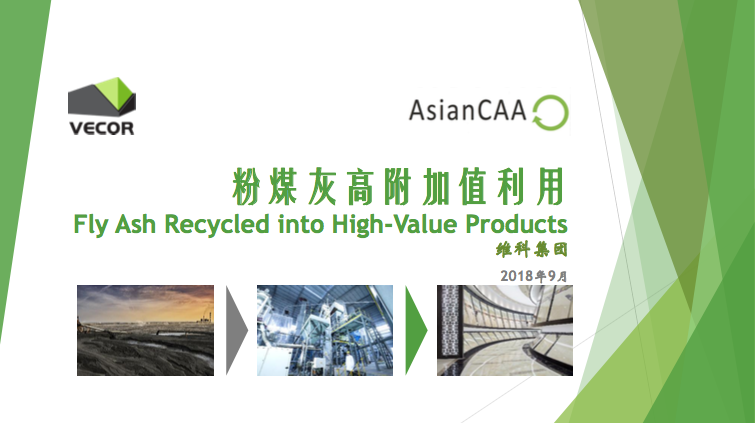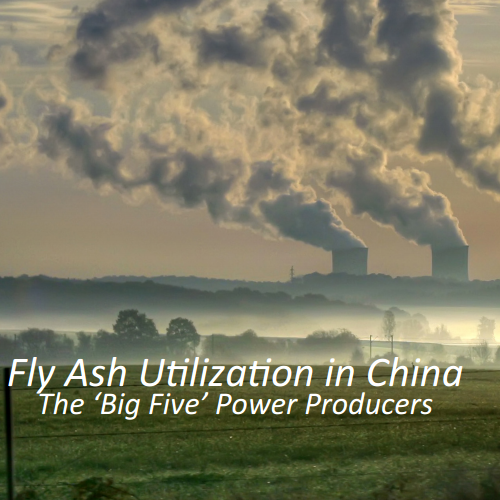- Zibo, China
Vecor Limited is a company dedicated to green technology, operating in Hong Kong with business operations in Australia, India, Italy, and the Philippines. The most recent processing and manufacturing line was established in Zibo City, in the Shandong province of China. The goal of the factory in central China is keep the world's largest industrial solid waste out of the air, waterways and landfill. The project aims to use the supply of fly ash as an industrial grade mineral for high value industries such as plastics, paints and ceramics where fly ash would be replacing much more expensive raw materials than cement. Due to the well known logistical issues of exporting ash in high density, inland locations such as Zibo, many coal fired power stations continue to landfill their ash in record numbers.
Mr. Alex Koszo, Founder of Vecor and owner of the commercial solutions and patents invented by Vecor: “The Zibo factory is proving that the value of products made from recycled fly ash can be so high that they can profitably exported to any location in the world.”
This is big news for thermal power stations in rural areas in places like South Africa and India, who’s ash landfilling is becoming an issue both economically and environmentally.
The original inventions used by Vecor were conceived and patented by the University of New South Wales, Australia in 2002 & 2003.
Vecor's Systema Leonardo™, the technology being implemented in Zibo, China, enables thermal power stations to safely and comprehensively eliminate fly ash liabilities by allowing their fly ash to be converted into high value building products such as grey porcelain ceramic tiles for floor and wall coverings. Systema Leonardo™ also creates significant environmental and cost savings over traditional ceramic manufacturing processes, through water, energy and labor savings whilst complying with the highest international quality standards.
Vecor’s Systema Leonardo has successfully developed and commercially launched its industrial technology to extract industrial grade high quality minerals from coal ash that is usable by industries that produce 5-10 times valuable products than cement.
The positive indication of such technology for the power generation industry and higher value products manufacturers is significantly positive.
In the attached presentation, presented in the dual languages of English and Chinese, you can learn about the following
1. Systema Leonardo technology introduction
2. Value creation business model
3. Long-term highly profitable green business opportunities
4. China market size and coal ash by numbers
5. Details of offer to power stations to eliminate the financial and environment burden of
landfilling
6. Invitation to participate as investor
Vecor was present that CAA2018, in Shuozhou, Shanxi Province, China, this past September. In attendance were a strong delegation, including participation in international commercial MOI signing ceremony, for the Leonardo system. To read more about this research or other research from our September event, please request our CAA2018 handbook, with over 50 abstracts, by entering your email below.
If you would like to learn more about Vecor Limited operations, or to contact our members, please contact AsianCAA staff for more information.


